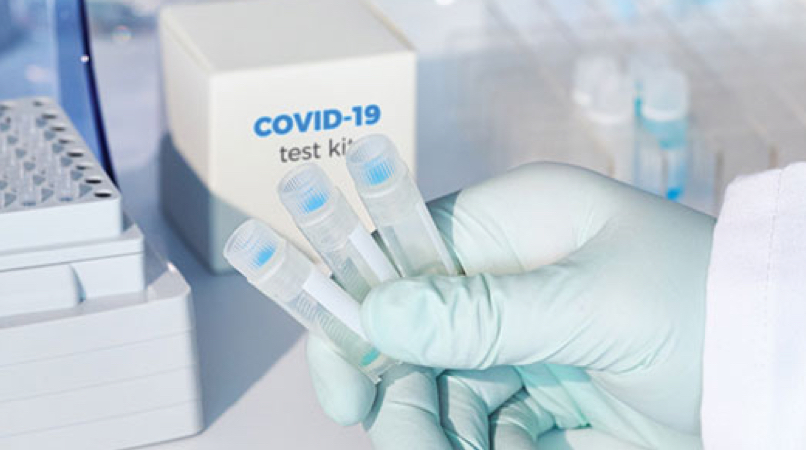Covid

Professor Dr Maha El Rabbat is a former Minister of Health and Population of Egypt and Executive Director of the Middle East and North Africa Health Policy Forum. She has accumulated more than 30 years of strategic leadership, policy, academic, advocacy and operational expertise, working closely with national, regional, and international organizations as a public health expert on a wide range of health issues, including: health system strengthening and governance reform; HTA; maternal, child and reproductive health; hepatitis C; emerging diseases; non-communicable diseases; and other public health priorities in various contexts, such as deprived areas and among vulnerable groups. She has extensive experience in conducting system-wide assessments and reform in response to emerging needs such as the Avian Flu, Swine Flu and Hepatitis C, HIV and supported strengthening of service delivery at different levels.
As professor of public health and chairperson of the public health department at Faculty of Medicine, Cairo University, in July 2011, she led efforts to reform public health teaching and research. Between July 2013 and March 2014, she served as Minister of Health and Population of Egypt, during which time she consolidated efforts to address system inefficiencies by supporting reform and restructuring initiatives to equip the ministry to better handle future needs, to operationalize public health priority actions and to foster social justice and equity for universal health coverage. Since 2014, as executive director of the Middle East and North Africa Health Policy Forum, a regional NGO, Dr El Rabbat has worked on strengthening health systems and responses to emerging needs and human development in the region, particularly in middle and lower income countries, through evidence-based policy, knowledge exchange and networking. Among her current projects, she is working in partnership with UNHCR and the League of Arab States to develop a regional strategy for public health in asylum context.
Most coronaviruses spread the same way via:
– Respiratory droplets produced when an infected person coughs or sneezes close to you (2 meters)
– By touching an infected people hands or face
– By touching surface or object that has virus on it, such as doorknobs then touching your face
According to WHO, the signs of infection include:
– Cough – Fever
– Breathing difficulties
These symptoms may appear 2 to 14 days after exposure and may go away in a few days for the majority of people. The people most likely to get seriously ill from this virus are people over 60 and/or those with pre-existing health conditions.



